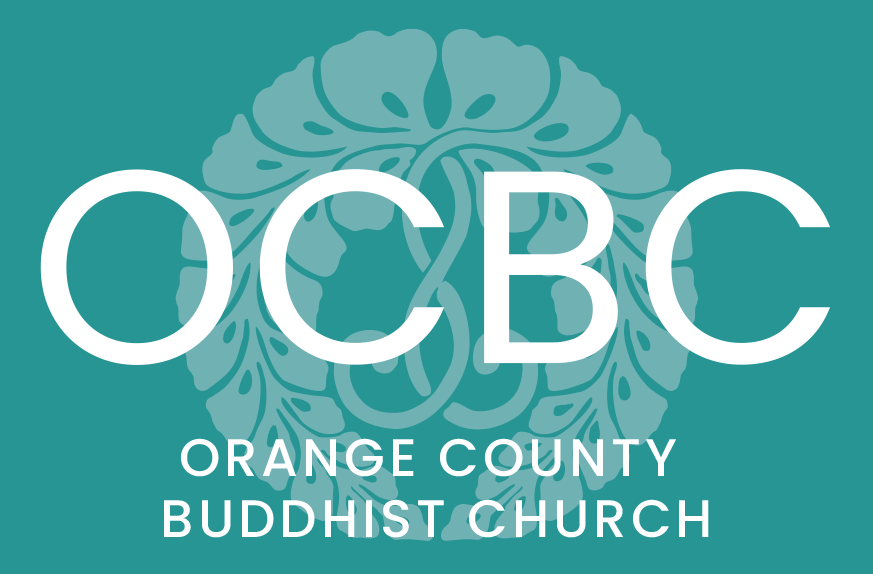The Bright Side of Negation
I have been reading a new book titled Secularizing Buddhism: New Perspectives on a Dynamic Tradition, edited by Richard K. Payne. I took a course from Dr. Payne while studying at the Institute of Buddhist Studies. He was also my thesis adviser. When a book has an editor rather than an author, it usually contains a collection of essays by various scholars. One of the thirteen essays in this book discusses how pre-modern and modern people experience the world differently.
One of these essays is titled Buddhism and Secular Subjectivities: Individualism and Fragmentation in the Mirrors of Secularism by David L. McMahan. It is a mouthful but very interesting. McMahan explains that there are two approaches to life. The first is a more scientific and rational perspective, while the second is more experiential and intimate.
He describes the first orientation as “buffered,” providing the following example::
“Consider two works of art featuring mirrors. The first, by Thomas Wolridge (1700-1766), a British painter, … is titled A Portrait of a Young Man Looking in a Mirror (1751). … It can be viewed as an apt emblem of the European Enlightenment, whose philosophers promised to develop the methods that would hold man and nature up to the mirror of empirical investigation and rational analysis, rendering clear and distinct representations of them. Nothing else appears in work but the young man, his mirror, and his reflection.”
The second orientation is more “porous,” and can be seen in this example:
“Another quite different mirror-themed work is a series conceived in 1965 by the Japanese artist Yayoi Kusama (b. 1929) called the Infinity Mirror Room. In one, a viewer stands in a room whose walls are mirrors reflecting uncountable number of lights receding in all directions. Although a smallish room, it seems enormous, indeed infinite, and includes multiple images of the viewer herself.”
McMahan asserts that modern people tend to be much more “buffered”. Rather than finding meaning when we are included in a larger whole, we seek meaning as individual objective, external observers. We create our own reality daily by the observations we make and actions we take.
In contrast, pre-modern people are described as being very “porous.” Porous in the sense of being intimate with or at one with our surroundings. We derive our sense of self and identity from the groups to which we belong. Membership ultimately defines us. Our interactions with others and the environment orient our lives in profound ways.
Modern people prize individuality, but it comes at a very high price. We may overestimate our abilities to maintain a feeling of autonomy and control. This can lead to a sense of alienation and disconnectedness. I have found this to be true in my life.
This is where Buddhism can be very helpful. From a Buddhist perspective, it is this overreliance on the “buffered” self that causes our suffering. Negation of the “buffered” self may not be appealing to many modern people. It can seem like a defeat or failure on our part, but it is not. This is because it is replaced by a “porous” self that is open to new experiences through increased intimacy – not just with others but with all of life. Thus, it might be much more effective to promote the more positive message of a self that is in touch with true reality.
To capture this sentiment, “Today is a beautiful day of opportunity. I am exactly where I need to be. I open myself to the universe and trust in the unfolding of my life.” I heard this mantra recently, repeated in a short YouTube meditation titled Guided Morning Meditation | 10 Minutes To Start Every Day Perfectly.
It is when the individual self is challenged that the universal self can be experienced perhaps for the first time. It is within Buddhist practice that I get in touch with my environment and activities, and the sound of Namoamidabutsu can take me beyond my “buffered” sensibilities. Instead, my heart can be “porous” and “trust in the unfolding of my life.”
In Gassho,
Rev. Jon Turner

